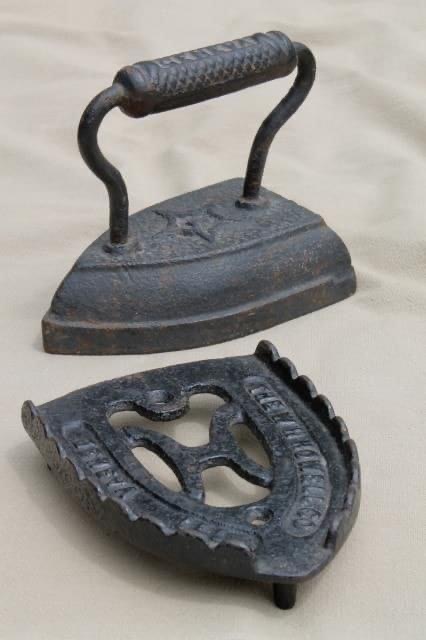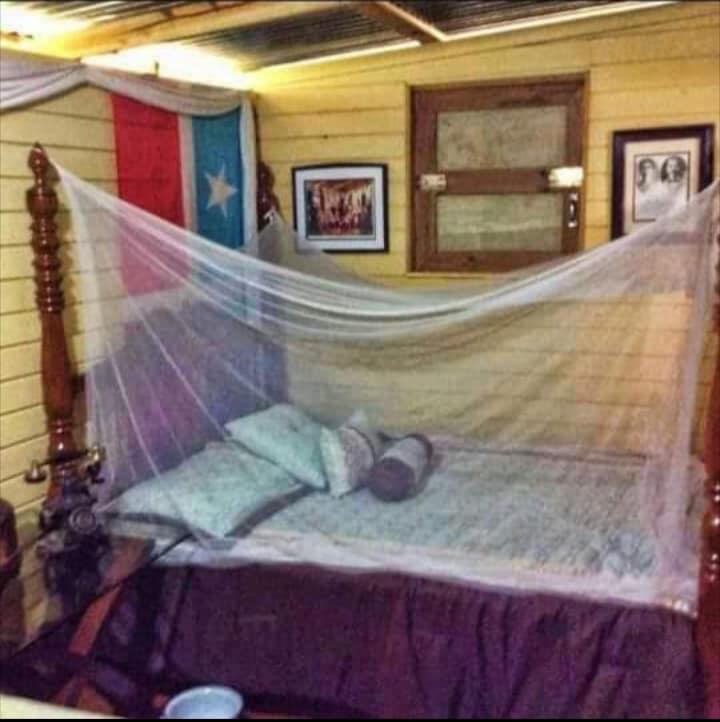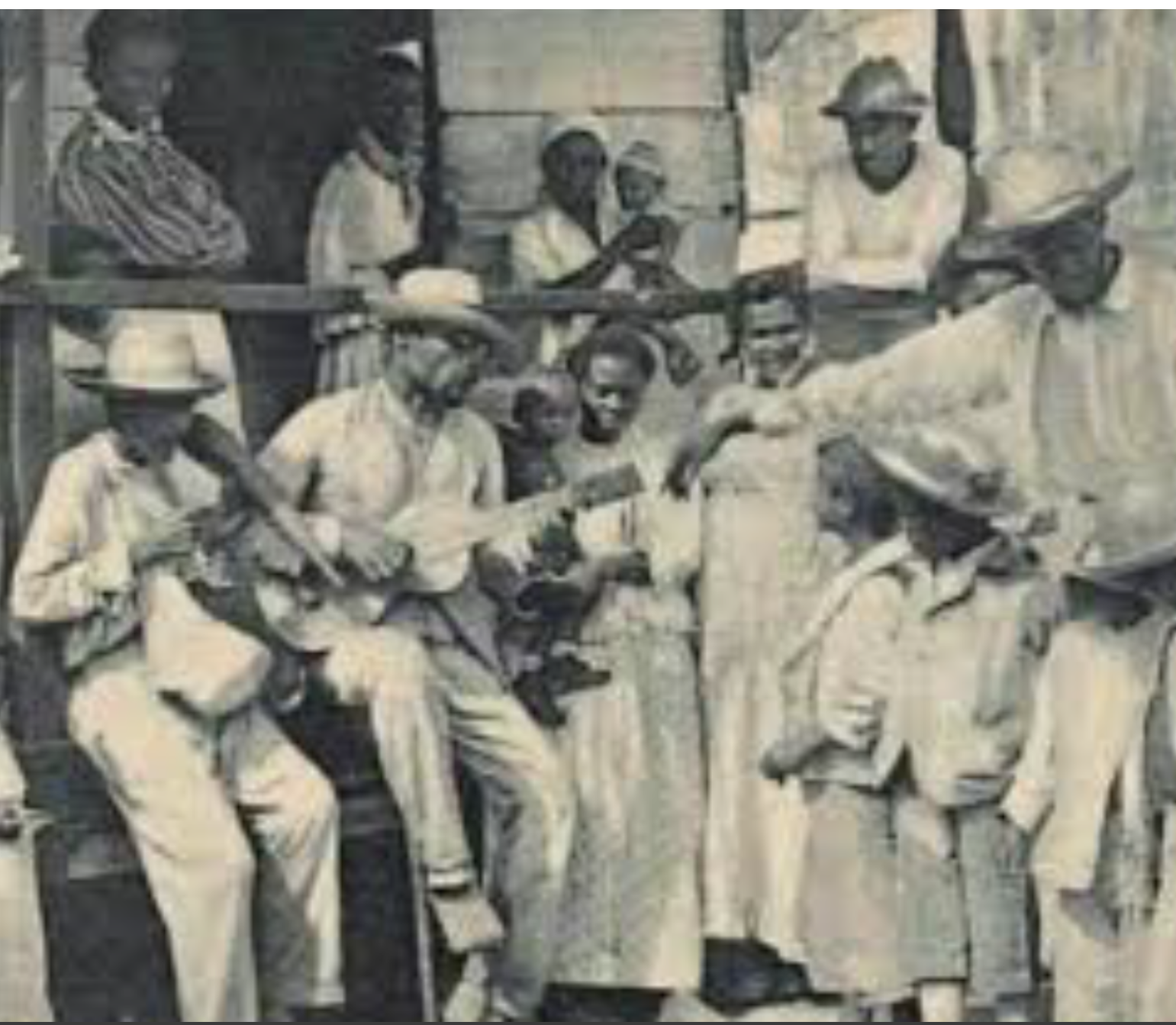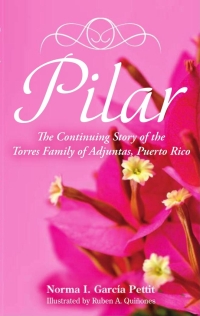If You Thought Ironing Is a Chore Now...
Imagine having to heat up an iron like the one pictured below on a wood or coal burning stove to do the ironing. As the iron cooled, it had to be set back on the stove to get hot again. This made the task take ever so much longer. Clothes were sprinkled with water to create a steaming effect when the hot iron came in contact with the damp article of clothing since steam irons did not exist. It seems strange to have to explain this, but many young people today have never ironed clothes. I remember some 25 years ago when my sister was selling an ironing board at her yard sale. One of her grandchildren asked, “Grandma, what’s that?” Her grandchild had never seen anyone ironing!


Up in the mountains of Adjuntas where the temperature is often the coolest on the island, mosquitoes are not a problem. But in the lower elevations such as in the coastal town of Ponce, mosquito nets—mosquiteros—had to be hung from the bedposts as described in this excerpt from chapter 29 of Luisa.
Sebastiana unfolded the mosquitero and hung it from the four posters of the bed with loops that had been sewn into the corners of the net for that purpose.
“Have you ever used one of these?” asked Sebastiana, speaking softly so as not to awaken Pilar. Luisa shook her head, and Sebastiana said, “I didn’t think so. You are at such a high altitude in Juan González that there are no mosquitoes, but down here in Ponce it is a different matter. You will have to get used to sleeping with the mosquitero. Just don’t forget that the net is there if you get up in the middle of the night to use the chamber pot, or you might get tangled up in it.” Sebastiana smothered a giggle. “Come on,” she added. “I will show you where the outhouse is and the water pitcher and basin so that you can get ready for bed.”
In the picture of the bed with the mosquito netting, take note also of the walls that do not go all the way up to the roof and the chamber pot under the bed.
The third picture is of Puerto Rican jíbaros listening to musicians play on a güiro and what looks to me like a bordonúa. The güiro is a hollowed out gourd with lines scored into it. A metal pronged púa, or pick, is used on it to produce a scratchy rhythm. The bordonúa is a large deep body bass guitar that originated in Puerto Rico. As is probably true with any culture, throughout the difficult times and the good times, Puerto Rican music has traditionally served as a balm and as an expression of joy, respectively.

